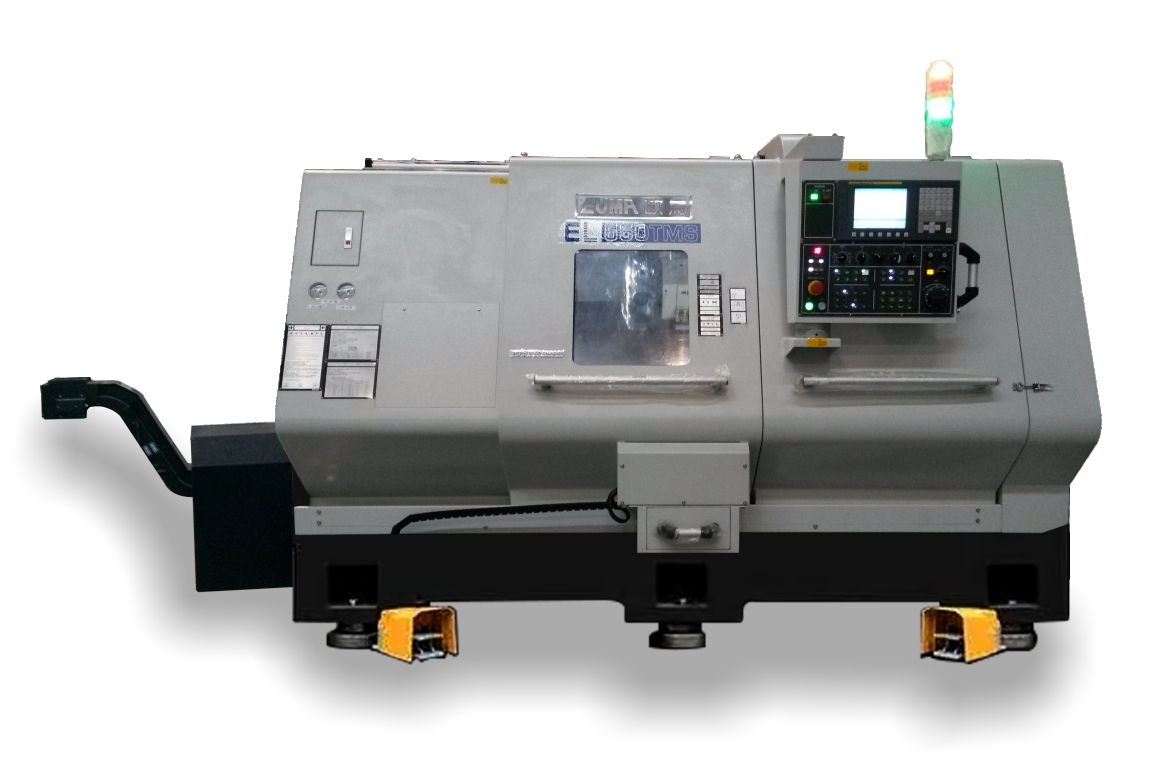Duo-Spindle Machining Center
Date: 2024-06-14From: SUNTROI
MACHINERY
 Duo-Spindle
Machining CenterDouble
spindle
machining center can be processed at the same time two workpieces, doubling the
processing efficiency. Europe's major machine tool companies have developed such products, in
various forms, basically in 3-axis control above, up to 6-axis control, five-axis linkage.
Duo-Spindle
Machining CenterDouble
spindle
machining center can be processed at the same time two workpieces, doubling the
processing efficiency. Europe's major machine tool companies have developed such products, in
various forms, basically in 3-axis control above, up to 6-axis control, five-axis linkage.Two-axis turning and milling machining centers can be simultaneously on five surfaces of the pre-formed workpiece for integrated processing. In this regard, the three linear axes on the machining center are simultaneously on the workpiece, and the machining center is also equipped with a rotary table that can be rotated by 90°, and two drive shafts are provided on the rotary table at a distance of 266 mm. The drive shafts have a maximum speed of 5,000 r/min, a torque of 80 Nm and a clamping force of 800 Nm, and are used for machining workpieces with a maximum diameter of 150 mm. The spindle on the side of the workpiece rotates during turning, while the milling and drilling operations are carried out in conjunction with the rotary axes for positioning. The two milling spindles are equipped with HSK-A63 standoffs, and the spindles are directly connected to the AC motor by means of a flange, which allows torques of up to 140 Nm and speeds of up to 10,500, 12,000, or 15,000 r/min. The spindles can also be used as drive axes when speeds of 20,000 r/min or more are reached.
The drive to the rotary table and the positioning and advancing movements of the machining center are issued by a screw/ratchet combination and a ball screw drive. High speeds of up to 60 m/min can be achieved in all three linear axes when the X, Y and Z travels reach 400 mm, 400 mm and 360 mm respectively. Since, according to the principle of force, the milling axis, which is located on the tool side and is also responsible for tool change, has to be positioned upwards towards the tool magazine, the Z-axis accelerates or decelerates at a rate of about 1.2 g. The acceleration of the X-axis is 0.5 g and that of the Y-axis 0.8 g. The result of the cooperation of the axes is a short time from one cutting process to the other, 2.4 s.
Advantages
The use of multi-axis machining processes in series production is certainly an effective way to significantly increase productivity and reduce production costs. This method is applicable to both turning and milling processes. The advantages are even more obvious if both turning and milling processes can be combined on a single machine and the workpiece can be machined in only one process. In this case, because the workpiece changeover process can be eliminated, so the machining accuracy has been improved; at the same time, because the time required to change the equipment can be eliminated, so the machining time can be greatly reduced.